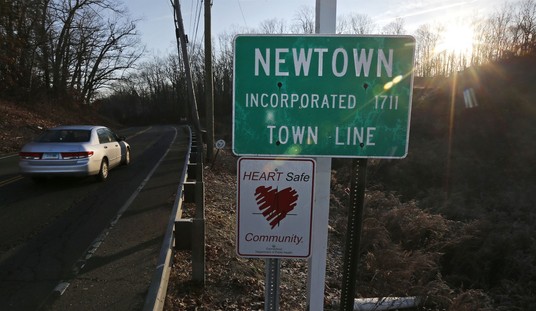It’s long been known that the majority of so-called “gun deaths” were suicides, not homicides. They tend to get lumped in there just to make the number look a whole lot scarier.
Lately, though, anti-gun crusaders aren’t doing that. They’re treating suicide as a separate thing, which is good. Unfortunately, they still seem to think that gun control is the answer.
Then again, when you have people who claim high levels of gun ownership are driving suicides…
In 2020, the rural gun death rate was 28% higher than the urban rate. Nonmetropolitan counties reported 17.01 deaths per 100,000 residents, compared to a rate of 13.19 in urban America, according to CDC reports.
Although urban areas have higher rates of gun homicide, rural places have higher firearm deaths overall because suicides make up about two thirds of gun deaths nationwide, said researcher Michael Siegel of Tufts University School of Medicine. Siegel says it is important to categorize gun deaths into three groups.
“There’s firearm homicide, there’s firearm suicide, and then there’s unintentional injuries,” Siegel said.
Siegel said that the high rates of suicide in rural America can be explained in part by the prevalence of gun ownership. While 46% of rural residents say they own guns, only 19% of urban residents say they own guns, according to PEW Center studies.
“Because we know that guns are the most lethal means for suicide, if a gun is available, a suicide attempt is likely to result in a death,” Siegel said. “Whereas, if there aren’t guns around, other methods that people might use to attempt suicide are not as lethal.”
The piece then goes on to advocate for mandatory waiting periods for gun purchases and red flag laws.
However, both of those measures focus on the tools used, not the causes of suicide. A suicidal person may well shift to another method, and while they might not as lethal, there are methods damn near as deadly.
First, let’s acknowledge that Tufts University is also the facility that’s mentioned alongside 97Percent in a recent story we covered. It seems there’s an anti-gun bias at the university.
Moving on, though, it needs to be understood that suicide is the problem, not guns. Firearms have been with us for centuries and have been a viable method for taking one’s life for just as long. Yet suicides have been with us for ages. The first recorded suicide was over 4,000 years ago in Persia.
Yet as that link notes, we may not have a good grasp on what drives suicide.
So when you look at the divide between rural and urban areas with regard to this issue, why are you focusing on guns and not on potential contributing factors?
For example, the median rural income is 25 percent lower than the median in urban areas. While some of that difference is eaten up by the higher cost of living in urban areas, not all of it is. We’ve long known that economic factors may trigger suicidal ideations in an individual, so why isn’t that part of the discussion?
Most likely because that doesn’t fit the narrative. Working to increase jobs in rural areas, which would drive up wages, wouldn’t advance the gun control agenda, whereas out-of-context statistics and so-called experts talking out of their posteriors does.
That’s all there is to it.







Join the conversation as a VIP Member